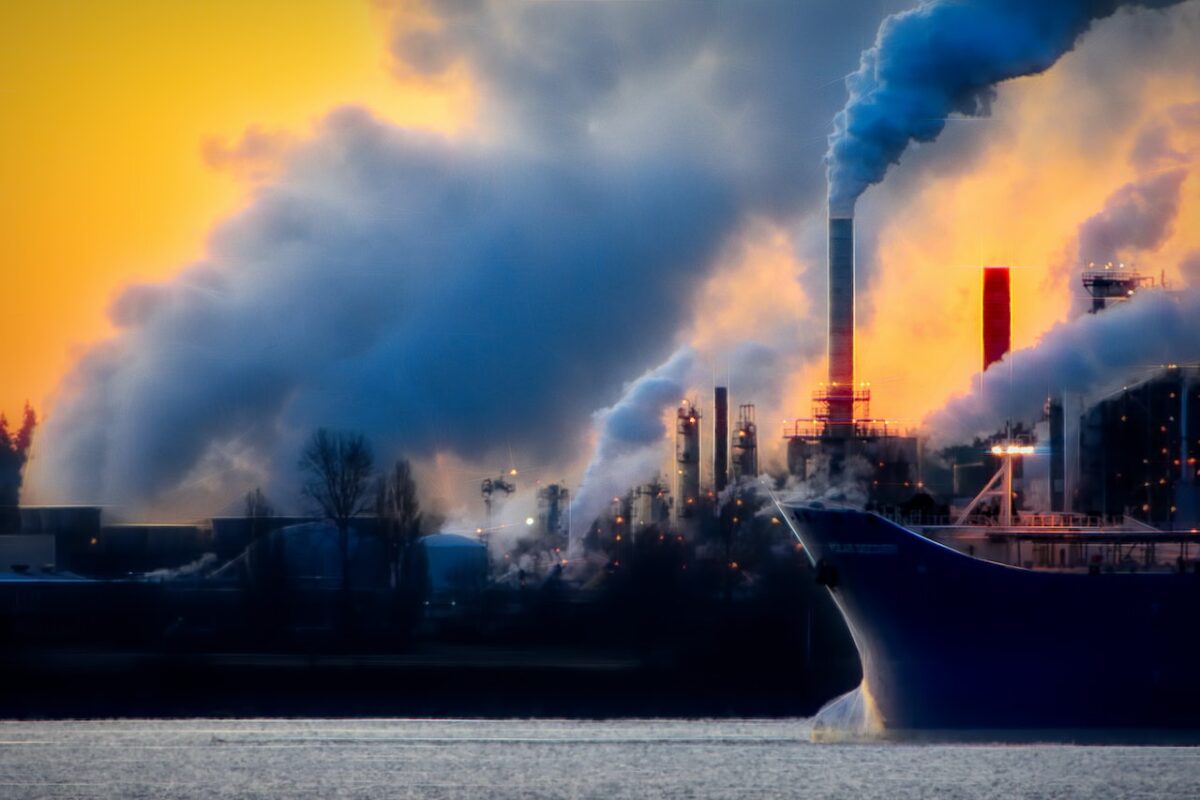Understanding the Long-Term Effects of Exposure to Hazardous Substances

Hazardous Substances at Work
Hazardous substances are materials that are potentially dangerous or harmful to people, animals, or the environment. They can cause injury or illness and can be found in a variety of workplaces, including factories, construction sites, laboratories, and offices.
Here we will look at hazardous substances and their long-term effects so we can have a greater understanding of them and take measures to protect ourselves from that risk.
A Few Examples of Hazardous Substances at Work
Some examples of hazardous substances that may be found in the workplace include:
1. Chemicals
These can be in the form of gases, liquids, or solids, and can cause a range of health effects, including burns, respiratory issues, and cancer.
2. Biological agents
These can include bacteria, viruses, and other microorganisms that can cause illness or disease.
3. Physical hazards
These can include electricity, heat, and radiation, which can cause injuries or illness.
4. Ergonomic hazards
These can include repetitive motion, awkward postures, and other factors that can contribute to musculoskeletal disorders.
Employers have a responsibility to ensure that their employees are protected from hazardous substances at work. This includes providing adequate training, and personal protective equipment, and implementing safety procedures and controls to prevent accidents and injuries.
The Long-term Effects of Hazardous Substance Exposure
These effects of exposure to hazardous substances depend on the specific substance and the length and level of exposure. Some hazardous substances can cause chronic health problems, such as cancer, respiratory issues, and reproductive problems. Others can cause long-term neurological or developmental problems.
Here are a few examples of long-term effects that can result from exposure to specific hazardous substances:
- Benzene – This chemical, which is found in gasoline, tobacco smoke, and certain industrial processes, can cause leukemia and other blood disorders.
- Asbestos – This mineral, which was commonly used in construction and insulation materials, can cause lung cancer and other respiratory diseases if inhaled.
- Lead – This metal, which can be found in old paint, certain types of pottery, and some industrial processes can cause brain damage and other developmental problems in children, and blood pressure and kidney problems in adults.
- Silica Dust – Workers with cutting or grinding tools can be exposed to silica dust, which can cause scoliosis and lung cancer.
It is important to be aware of the hazards associated with the substances you work with and to take necessary precautions to protect yourself and others from exposure.
The Long-term Effects of Asbestos
Asbestos is a naturally occurring mineral that used to be commonly used in a variety of construction materials, including insulation, roofing shingles, floor tiles, and brake pads. When asbestos fibers are inhaled, they can become stuck in the lining of the lungs and other internal organs, leading to long-term health problems.
The long-term effects of asbestos exposure depend on the length and level of exposure, as well as the individual’s overall health. Some common long-term effects include:
· Lung cancer:
Asbestos fibers can cause changes in the cells lining the lungs, leading to the development of lung cancer.
· Mesothelioma:
This is a rare type of cancer that affects the thin layer of tissue that covers the internal organs and is most commonly associated with asbestos exposure.
· Asbestosis:
This is a chronic lung disease that results from the build-up of scar tissue in the lungs due to asbestos fibers. It can cause difficulty breathing and a persistent cough.
Asbestos exposure can also cause other respiratory problems, such as shortness of breath and wheezing. Asbestos-related diseases can take many years to develop after initial exposure, with some symptoms occurring many years after the initial exposure period.
Silica Dust Exposure
Silica dust is a type of airborne particle that is made up of tiny particles of silicon dioxide. When inhaled, these particles can cause serious health problems, including lung cancer, chronic obstructive pulmonary disease (COPD), and silicosis.
Silicosis is a lung disease that is caused by the inhalation of silica dust. It is a progressive disease, which means that it gets worse over time. Symptoms of silicosis can include shortness of breath, coughing, and difficulty breathing. In extreme cases, it can cause disability and even death.
When workers use equipment with abrasive wheels, they are in danger of absorbing very fine silica dust particles. These are called Respirable Crystalline Silica (RCS) and require special dusk masks due to these particles being so fine that they can’t always be seen.
It is important to take steps to protect oneself from exposure to silica dust, as the long-term effects of exposure can be serious and potentially life-threatening. Workers in industries where they may be exposed to silica dust need proper safety procedures and protective equipment to reduce the risk of exposure.
Other Things to Consider
Workers need proper training and equipment to work with these occupational hazards. Proper protective equipment, limited work functions, online COSHH training sessions, and regular safety drills can help reduce exposure and improve safety in the workplace.











Responses